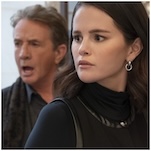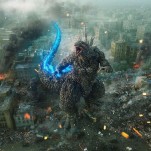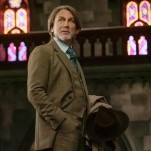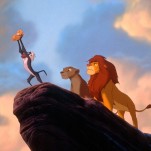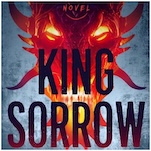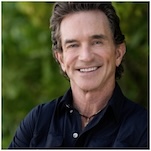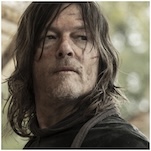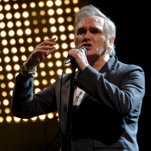DC Comics’ Super Reboot
This week marks the end of the DC Universe as it’s currently known. The fifth and final issue of Flashpoint, this summer’s big DC Comics crossover, rewrites the very fabric of the company’s fictional universe. Afterward the publisher is canceling and relaunching its entire line of superhero comics. It’s the Passion of the Batman, followed by an immediate rebirth.
Best-selling characters like Batman and Green Lantern won’t see that dramatic of a change. Underperforming big names like Superman and Wonder Woman will be notably retooled, with writer Grant Morrison recrafting the Man of Steel’s early years in Action Comics and Brian Azzarello and Cliff Chiang introducing horror elements into Wonder Woman. Many critically acclaimed but lesser-known titles like Secret Six, Xombi, and T.H.U.N.D.E.R. Agents will end altogether, replaced by a plethora of new series that, as DC Comics co-publisher Dan Didio explains, “shows the depth and breadth of the DC Universe.”
Starting with Aug. 31’s Justice League #1, DC will release the first issues of 52 different series before the end of September. Not even Action and Detective, the longest-running comics in history and the traditional homes of Superman and Batman, are spared, restarting at #1 just years shy of thousandth-issue milestones. For the first time in decades, copies of Action Comics #1 and Detective Comics #1 will cost less than a college education.
As the oldest comic book publisher in America, DC Comics is known for its rich history and iconic characters like Batman and Superman. It’s also known for periodically breaking with continuity and significantly rebuilding its fictional universe. From the Silver Age reboots of superheroes like the Flash and Green Lantern to the major changes wrought by the mid-’80s series Crisis on Infinite Earths, DC has never shied away from sweeping company-wide changes to the status quo.
Still, there’s a hint of desperation about DC at the moment. Comic sales in general are perpetually down, Marvel holds a commanding lead in the market share every month, and other than Batman, no DC superhero can gain any traction in Hollywood. In a recent interview with Rolling Stone, Morrison, a DC stalwart and one of the few creators who can sell books solely on the strength of his name, suggested that comics have entered their final death cycle. Times are tough, and DC’s answer is simple but drastic: they’re blowing everything up and starting over.
It wasn’t a hasty decision. “[The relaunch] is something that’s been in the back of my mine and Jim [Lee, DC Comics co-publisher]’s minds for quite a while,” says Didio. “We had a writers’ meeting last October, looking for new ways to reinvigorate our line with a new dynamic type of storytelling. We got a strong response from creators, but we knew to really get the fans’ attention we needed to jumpstart everything. If we really wanted to do this and do it in a big way relaunching the line was something we had to do. DC discussed this in the mid ’80s after Crisis, but they didn’t pull the trigger. Today’s market and audience has changed and it felt like a good time.”
-

-

-

-

-

-

-

-

-

-

-

-

-

-

-

-

-

-

-

-

-

-

-

-

-

-

-

-

-

-

-

-

-

-

-

-

-

-

-

-


